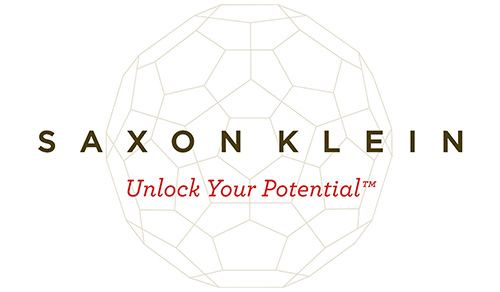The IM must deliver an emotional impact to the unconscious mind of potential investors whilst also addressing the logic of their conscious minds. The IM must be part of an emotionally satisfying sale process that starts with the Elevator Pitch and ends with a signed Subscription Agreement.

Science has been associating colour with human emotions since Goethe developed his Theory of Colour in 1810. It was illustrated in the Rose of the Temperaments where there are adventurers and heroes on the red side (i.e. excitement) and philosophers and teachers on the blue side (i.e.: trust). These days, there is a little more science around it all, but colour, typeface and photographs are all important because of role of unconscious associations.
The essence of the decision to invest in your business often boils down to simple attraction and avoidance:
- The conscious mind is attracted to a business that makes sense, conforms to an investor’s Investment Thesis or otherwise has rational reasons for investment.
- The unconscious mind is attracted to decisions that are pleasant – and is repelled by anything unpleasant.
The attraction for the unconscious mind is:
- The excitement of doing a deal.
- The admiration for having made an astute investment.
- For corporate investors, the increase in power for the responsible executive within the investor’s organisation that comes from a successful investment.
So the language, photos and graphics in your IM need to trigger these positive associations. They also need to do this within the strictures of the Corporations Law and the Competition and Consumer Act – so don’t be misleading or deceptive.
You should choose the colour scheme in the IM for how it relates to the conscious mind and the unconscious mind of the potential investor. For example, your corporate colours may be green, but although green rates highly on associations with the environment, it has low visibility, low retention and low preference with both men and women. That’s why companies such as BP supplement green with a colour like yellow that has high visibility and high retention, even though it has low preference. Here is a sample colour guide for Western cultures for two colours, blue and red:
Blue:
- For men: low visibility, low retention, high preference and is associated with reliability and intelligence (i.e.: IBM).
- For women: low visibility, low retention, high preference and is associated with professionalism at one end and depression at the other.
Red:
- For men: high visibility, high retention, low preference and is associated with danger, risk and excitement.
- For women: high visibility, high retention, high preference and is associated with warmth and intimacy.
Now, all this is not universally true for all people in all countries:
- White in the US, Australia and England is clean, crisp and efficient. In China, it is associated with death.
- Red is associated with excitement in the West and with good luck in China. This would normally be a propitious combination, except for some products that require trust. Red is also associated with danger in the West, so perhaps it is not the best colour for a financial product or a company promising 99.99% server uptime.
Conclusion
Colour can influence the personality of your brand with the investor and in turn, affect the subconscious desire to invest. Of course, the numbers in your projections are far more important than the numbers in your Pantone colour chart, but at least pay attention to colour and subconscious associations in your IM.


